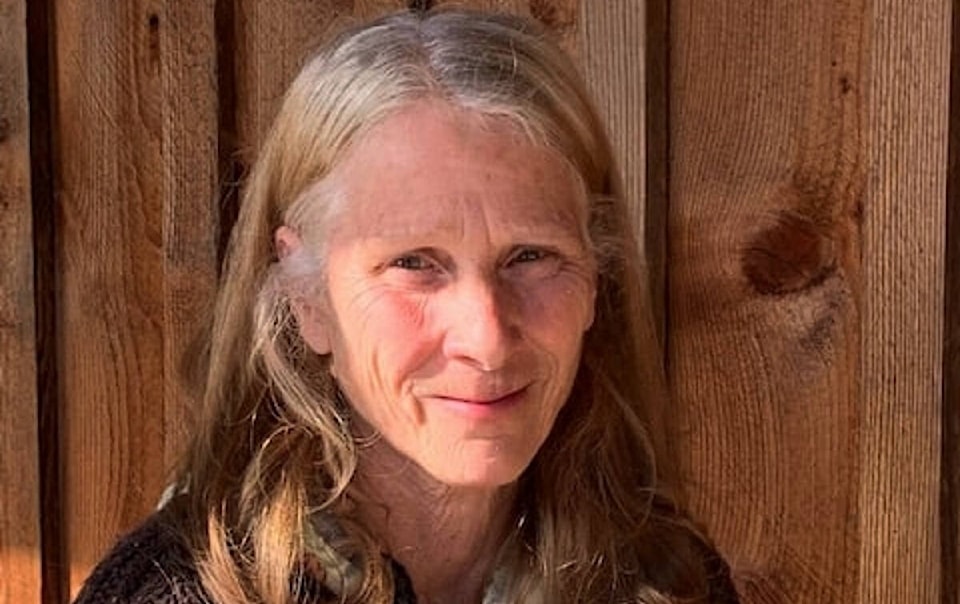More than 600 people signed a petition opposing the construction of a new post-secondary institution on Tin Can Hill the first week after Yellowknife’s city council announced it had signed a memorandum of understanding (MOU) with Aurora College — read GNWT — to do just that.
What was the college, the GNWT or the city thinking? To begin, one of the principal mandates of this new territorial government was that it would be more transparent than its predecessor. This MOU appeared like a bombshell catching residents by total surprise. Yet all bets are that discussions went on behind closed doors for many weeks and quite possibly months between representatives from the city, the college and the GNWT before this agreement was announced. This can only lead residents to conclude that these clandestine discussions were an apparent effort to thwart public input. Decision-makers were well aware there would be controversy and wanted to avoid it at all costs.
This is hardly transparent.
Second, we know now that of the choices given to the selection committee, this piece of untouched pristine land — home to countless birds and other wildlife — was free. Everything else came with a price.
This seems to be a rather colonial approach to decision-making during this time of respect and reconciliation. Indeed, we have heard little feedback from the Yellowknives Dene, except for city councillor Stacie Smith, who is strongly opposed. In this age of re-imagining, recycling, reusing and revitalizing, it is strange that whoever chose this site opted for our colonial pattern of blowing up the untouched rather than rebuilding in the core, where a dead inner city continues to grow. They could have considered the unholy mess in front of the Château Nova — gateway to the city — and another curious project approved by the city not that long ago.
Welcome to Yellowknife.
Instead of choosing a site that would enhance the city, leaving a more positive impression on first-time visitors, the city chose to sacrifice another natural area that, as we all know, makes continued development there imminent.
Rather than a site such as by the Nova, close to shopping areas, existing housing and bus routes, the selection committee picked a location that is virtually inaccessible to anyone without a vehicle, and which will cost millions to expand roadways and provide transit services. We know that the city’s bus service already loses well over $1 million annually.
Further, what about students accompanied by children while they study? What if there is an on-site daycare where they need to bring children? Will we have them standing outside at -40 C, which we see too often now. The student body has changed. No longer is it just young single students taking classes, but a mix of ages and family configurations. And evening classes? Forget it.
Really, if whoever made this decision was concerned about education, why didn’t they choose the old Con mine site or better yet, repair and re-imagine the Giant mine area, which is an education in itself. The Dene have often suggested that either the site be left dead as a demonstration of poor colonial and mining practices or build an education center, where people could learn the whole story about Northern development.
Clearly, we have missed a real opportunity here.
Instead of being so focused on a location, maybe decision-makers need to put their energy into programming and who will teach. This institution is supposed to help Northerners, especially the Indigenous population. Let’s hope they have begun the search for appropriate teaching staff too.
